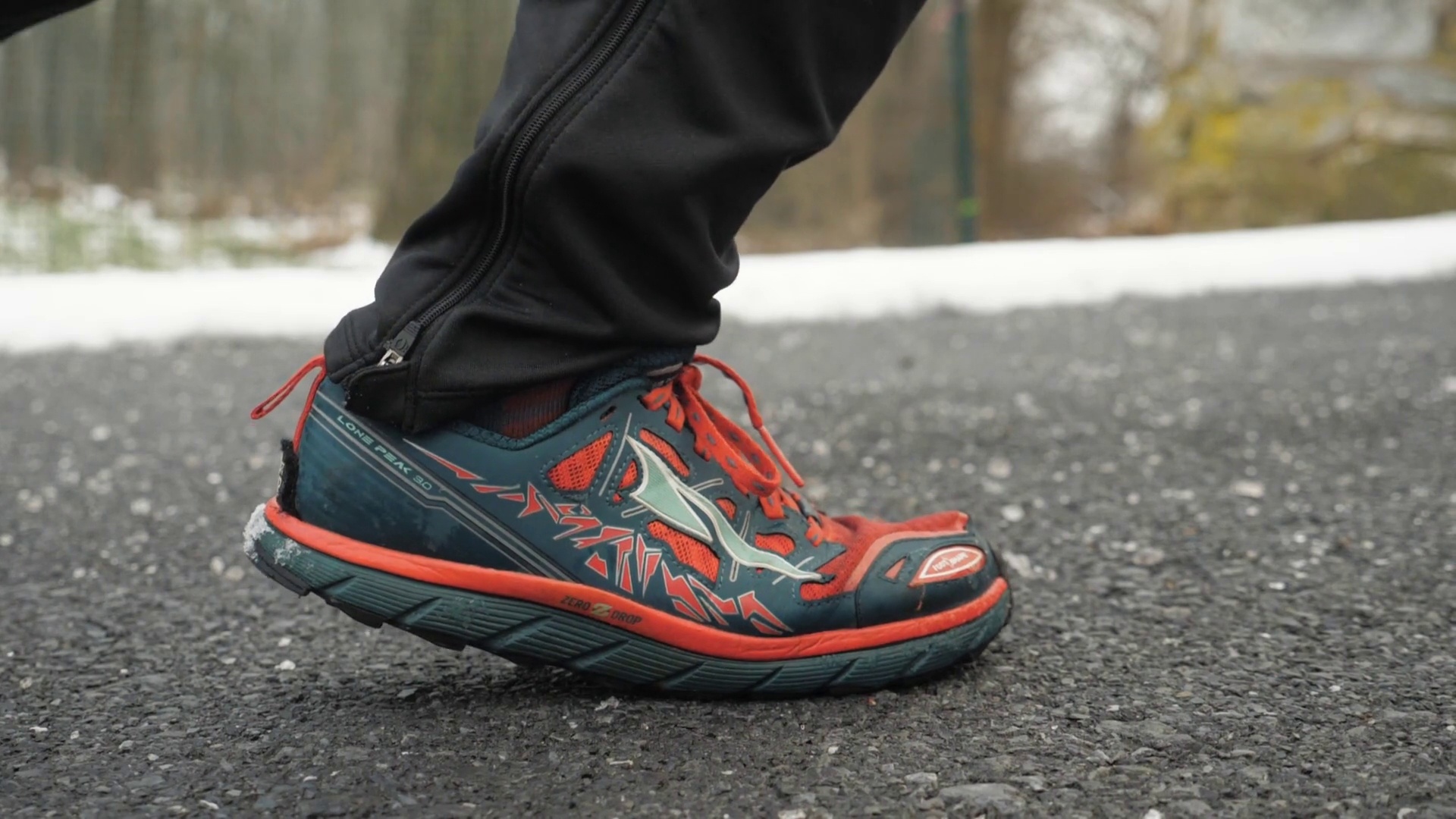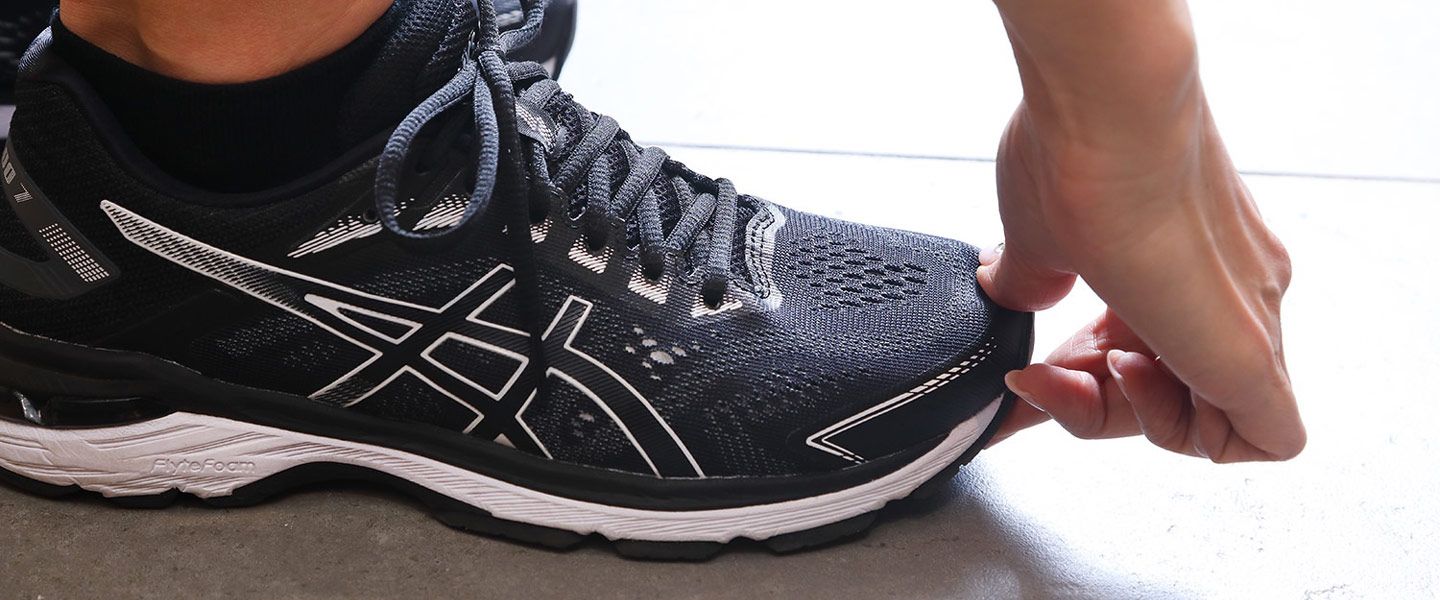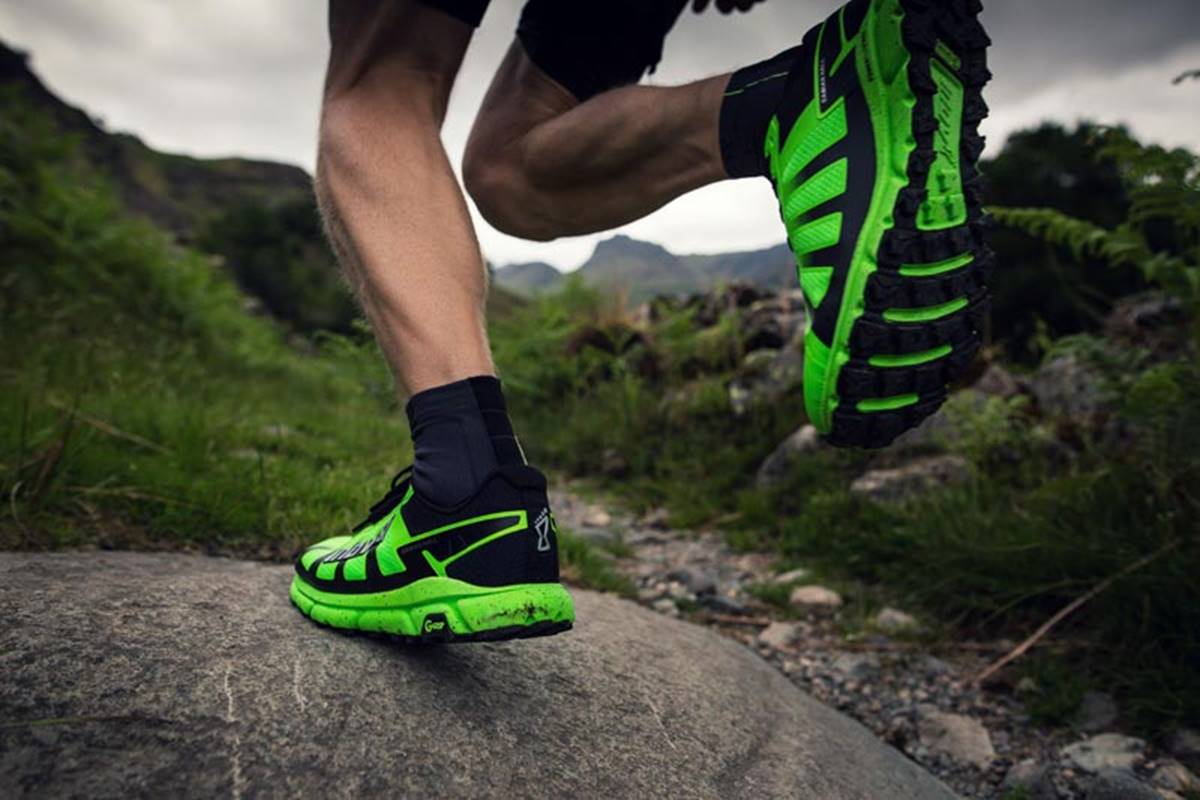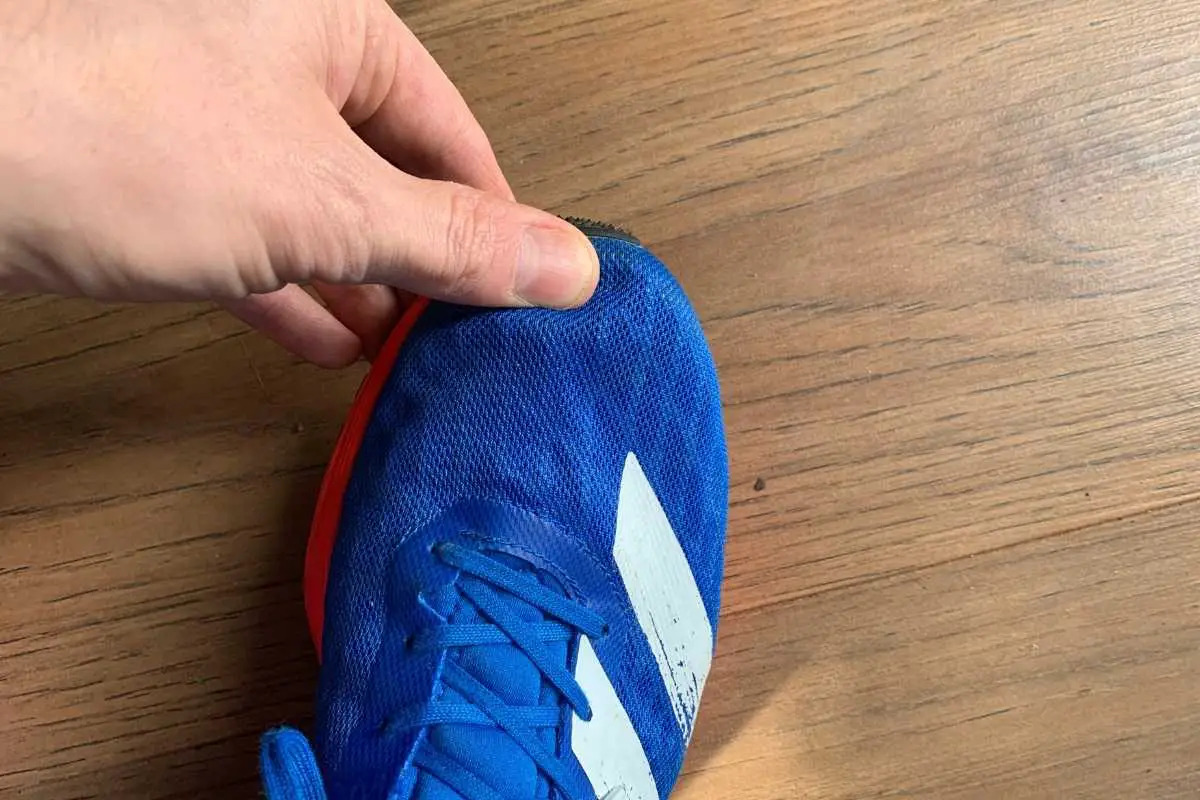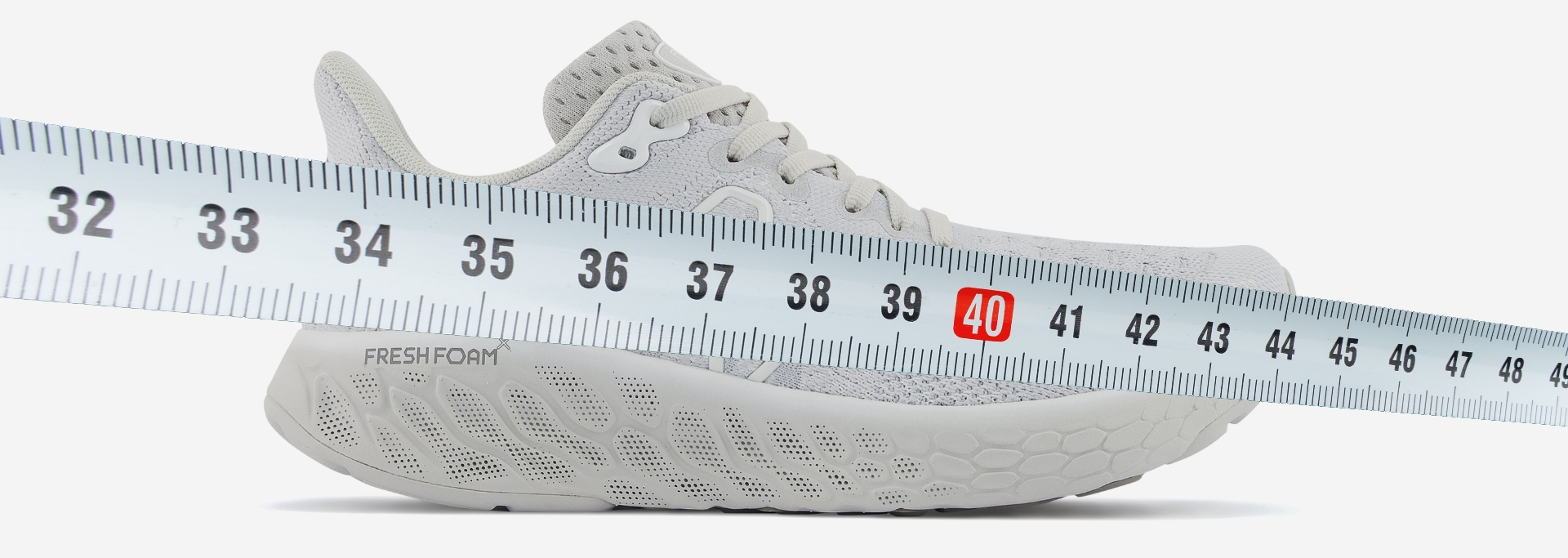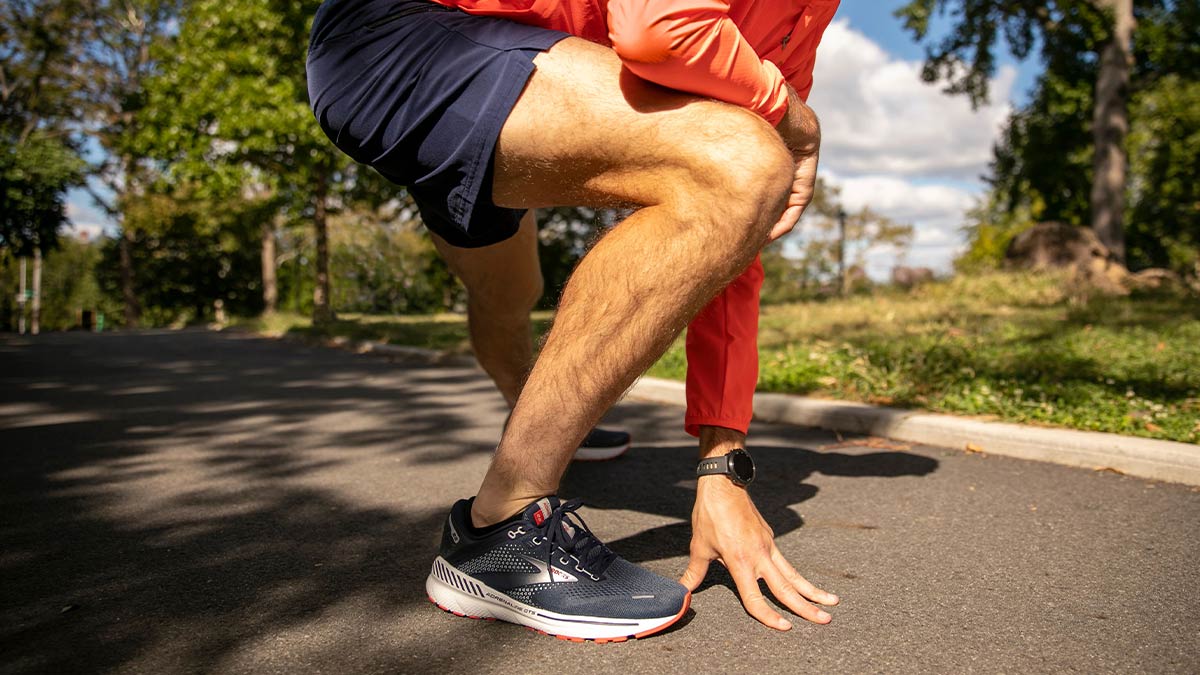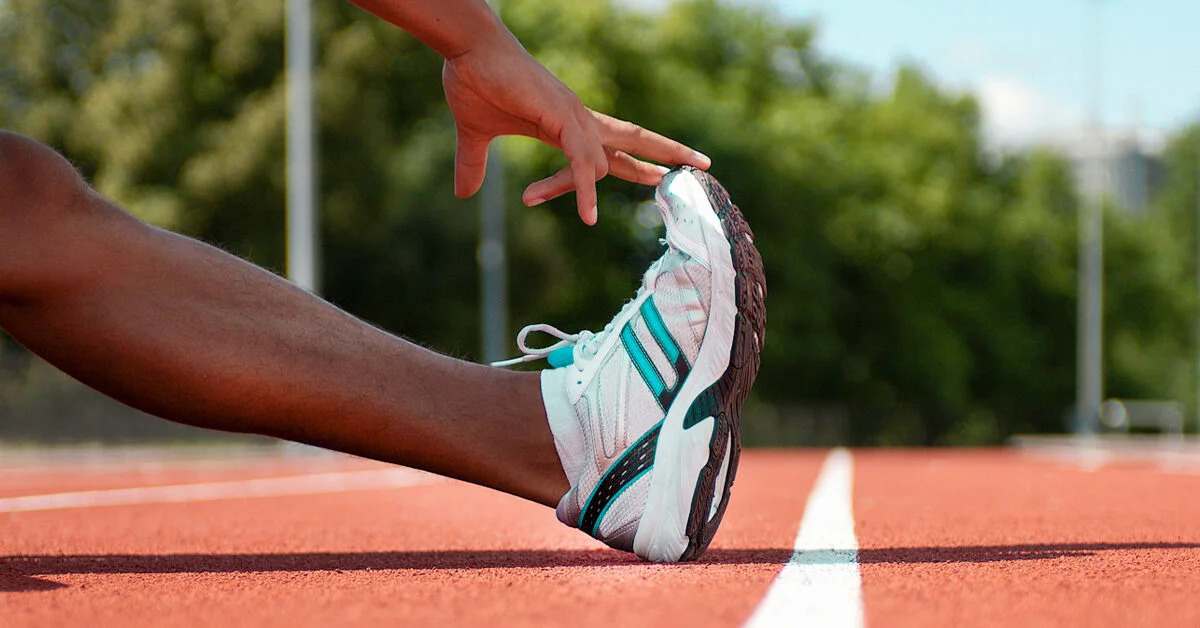Home>Misc>Featured>How To Measure Your Feet For Running Shoes
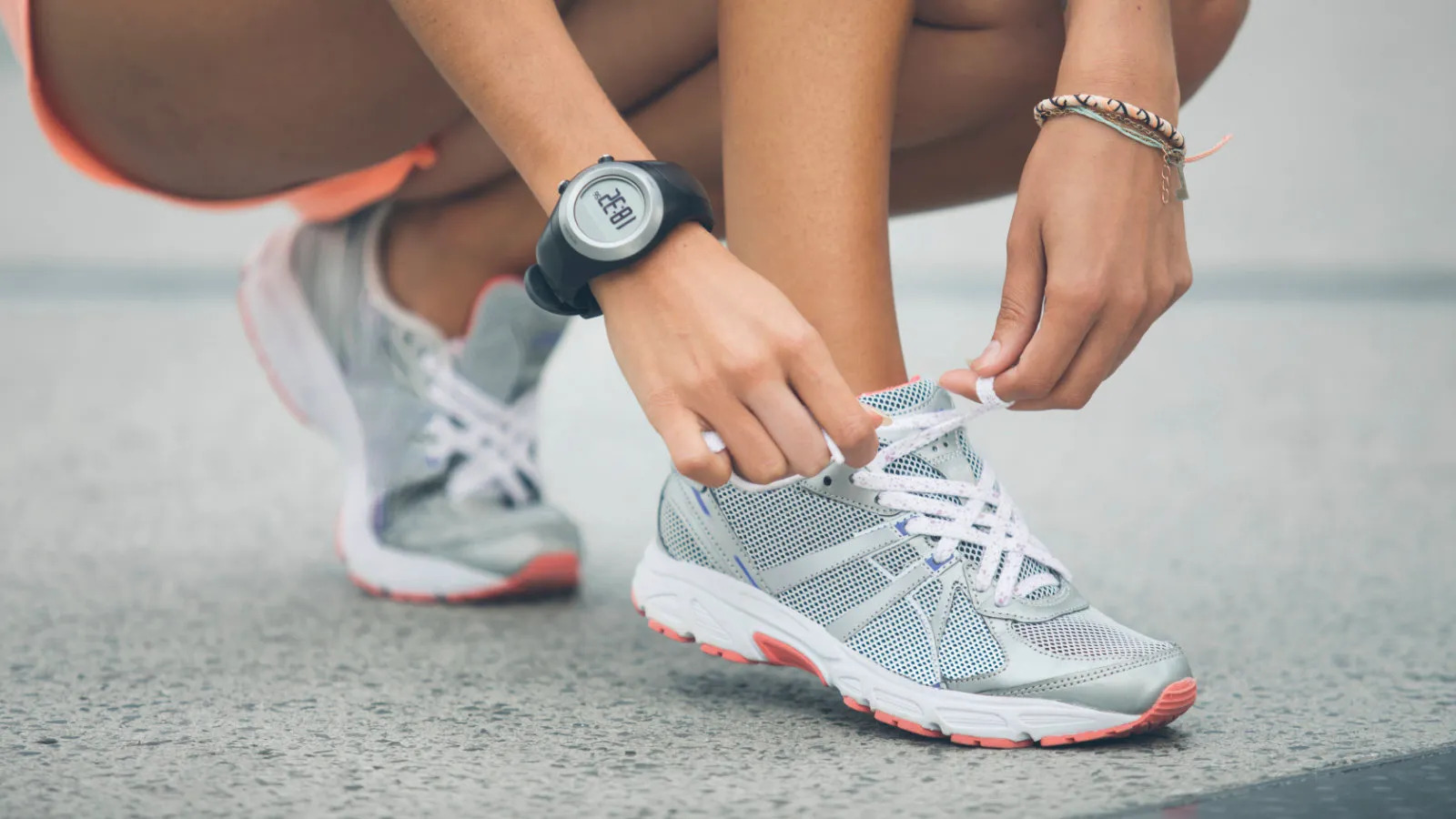

Featured
How To Measure Your Feet For Running Shoes
Modified: January 22, 2024
Featured: Learn how to measure your feet accurately for running shoes to ensure the perfect fit and optimal performance. Step-by-step guide and tips for runners.
Introduction
When it comes to running, one of the most important factors that can significantly impact your performance and overall comfort is wearing the right pair of running shoes. However, finding the perfect fit can be a daunting task. With hundreds of shoe options available, it can be overwhelming to know which one is the best for your feet.
This is where proper foot measurement comes into play. Measuring your feet accurately will help you choose the right size and width of running shoes, ensuring optimal support, stability, and prevent discomfort or injury. In this article, we will guide you on how to measure your feet for running shoes, providing you with the knowledge to make an informed decision when purchasing your next pair of kicks.
Measuring your feet is a crucial step to determine your shoe size. While it may seem like a simple task, many people overlook its importance and end up wearing ill-fitting shoes, leading to various foot problems such as blisters, calluses, and even muscular or joint injuries.
By following the proper foot measuring techniques, you can gain valuable insights into the unique shape and size of your feet, allowing you to choose running shoes that provide an ideal combination of comfort, support, and performance.
So, whether you’re a beginner runner or a seasoned athlete looking to upgrade your running gear, read on to discover the step-by-step process to accurately measure your feet for running shoes.
Why Properly Measuring Your Feet for Running Shoes is Important
Properly measuring your feet for running shoes is crucial for several reasons. Here are some key reasons why it’s important to ensure accurate measurements:
- Comfort: Ill-fitting shoes can lead to discomfort and pain while running. By measuring your feet accurately, you can find shoes that provide the right amount of cushioning, support, and flexibility for your unique foot shape and size.
- Prevent Injuries: Wearing shoes that are too small or too big can increase the risk of various foot and ankle injuries. By measuring your feet properly, you can select shoes that fit properly and offer adequate support and stability, reducing the risk of sprains, strains, and stress fractures.
- Improved Performance: Finding the right fit can enhance your running performance. Shoes that are too loose can lead to slippage and inefficient stride, while shoes that are too tight can restrict movement and affect your natural running gait. Accurate foot measurements ensure you find shoes that allow you to perform at your best.
- Longevity: Wearing shoes that are the correct size can extend the lifespan of your footwear. Improperly fitting shoes may undergo premature wear and tear, reducing their durability and requiring you to replace them sooner.
- Customization: Some runners may have unique foot characteristics, such as wide feet or high arches. Proper measurements allow you to choose shoes that cater to these specific needs, ensuring a customized fit and maximizing comfort.
Ultimately, taking the time to measure your feet properly before purchasing running shoes can make a significant difference in your overall running experience. It ensures that your shoes provide the necessary support, cushioning, and stability, allowing you to run comfortably, efficiently, and injury-free.
Steps to Measure Your Feet for Running Shoes
Properly measuring your feet for running shoes involves a few simple steps. Here’s a step-by-step guide to help you measure your feet accurately:
- Gather Your Tools: Start by gathering the necessary tools, including a ruler or measuring tape, a piece of paper, and a pen.
- Prepare Your Feet: Find a flat surface to stand on, and make sure your feet are bare or wearing thin socks. This will provide the most accurate measurements.
- Trace Your Feet: Place the piece of paper on the floor, and stand with one foot on the paper. Trace the outline of your foot using the pen. Repeat this step with the other foot.
- Measure the Length: Using the ruler or measuring tape, measure the length from the heel to the longest toe of each foot. Take note of the measurements in either inches or centimeters.
- Measure the Width: Measure the width of each foot by placing the ruler or measuring tape across the widest part of each foot. Again, record the measurements.
- Compare and Determine Size: Compare the measurements of each foot and use the larger measurements to determine your shoe size. Refer to a shoe size chart and find your corresponding size based on the length and width measurements.
It’s important to note that shoe sizes may vary slightly between different brands and styles. Therefore, it’s recommended to try on shoes and consider the fit and comfort before making a final decision.
By following these steps, you can accurately measure your feet and have a better understanding of your shoe size, allowing you to make informed choices when purchasing running shoes.
Tips for Accurate Measurements
Obtaining accurate measurements of your feet is essential to ensure the best possible fit for your running shoes. Here are some helpful tips to follow for accurate measurements:
- Measure in the Evening: It’s recommended to measure your feet in the evening as they tend to swell throughout the day. By measuring later in the day, you can account for any swelling and choose shoes that will still fit comfortably.
- Wear Appropriate Socks: When measuring your feet, wear the type of socks that you typically wear with running shoes. This ensures that the measurements take into account any extra space needed for sock thickness.
- Stand Straight and Look Ahead: Maintain a natural and relaxed posture while measuring your feet. Look straight ahead to ensure proper weight distribution and avoid any discrepancies in foot measurements.
- Measure Both Feet: It’s common for one foot to be slightly larger than the other. To ensure a proper fit, measure both feet and use the measurements of the larger foot when determining your shoe size.
- Use a Stable Surface: Stand on a firm and level surface while measuring your feet. This helps maintain proper foot positioning and ensures accurate measurements.
- Take Multiple Measurements: To ensure accuracy, it’s a good idea to take multiple measurements of each foot, especially if there are any inconsistencies. This will help you identify any anomalies and choose the correct shoe size.
- Consider Fit Preferences: Apart from length and width, consider your personal preferences for fit. Some runners prefer a snug fit, while others may prefer a bit more room. Take this into account when selecting your shoe size.
By following these tips, you can significantly improve the accuracy of your foot measurements and increase the chances of finding the perfect-fitting running shoes.
Common Mistakes to Avoid
While measuring your feet for running shoes, it’s important to be aware of common mistakes that can lead to inaccurate measurements. By avoiding these mistakes, you can ensure that you have the most precise measurements possible. Here are some common mistakes to avoid:
- Guessing Your Size: Relying on your shoe size from a few years ago or guessing your size based on how shoes feel in the store can lead to incorrect measurements. Always measure your feet before making a purchase.
- Using Improper Tools: Using a measuring tape that is stretched or curved, or a ruler with inconsistent markings can lead to inaccurate measurements. Make sure to use a reliable and straight measuring tool.
- Not Accounting for Width: Neglecting to measure the width of your feet can result in shoes that are either too tight or too loose. Width measurements play a significant role in finding the right fit.
- Not Measuring Both Feet: As mentioned earlier, it’s common for one foot to be slightly larger than the other. Failing to measure both feet can lead to purchasing shoes that do not fit properly on one foot.
- Ignoring Personal Preferences: While measurements provide a baseline, personal preferences for fit and comfort are equally important. Don’t solely rely on measurements, but also consider your preferred fit so that you feel comfortable while running.
- Not Considering Different Brands: Shoe sizes may vary slightly between different brands and styles. Make sure to check the specific brand’s size chart and try on shoes to ensure the best fit for your feet.
- Ignoring Comfort and Feel: Even if the measurements seem accurate, it’s crucial to try on shoes and walk around to gauge the level of comfort and fit. Don’t solely rely on measurements; trust your feet’s comfort and how the shoes feel.
By avoiding these common mistakes, you can ensure that your foot measurements are accurate and find the perfect-fitting running shoes that will provide you with maximum comfort and support during your runs.
Conclusion
Accurately measuring your feet is a crucial step in finding the perfect-fitting running shoes. By taking the time to measure your feet properly, you can ensure optimal comfort, support, and performance while reducing the risk of foot-related injuries.
We discussed the importance of measuring your feet for running shoes, highlighting the benefits of wearing properly fitting footwear. Comfort, injury prevention, improved performance, and longevity are among the many advantages of finding the right shoe size.
We also provided a step-by-step guide to measure your feet accurately, including tips to enhance the precision of your measurements. By following these steps and avoiding common mistakes, you can increase the likelihood of finding running shoes that fit you perfectly.
Remember, finding the right fit involves more than just the measurements. Personal preferences, brand variations, and comfort are equally important factors to consider when selecting running shoes.
So, the next time you’re in the market for a new pair of running shoes, be sure to measure your feet accurately. Invest the time and effort to find the perfect fit, and you’ll be rewarded with a comfortable and enjoyable running experience.
Don’t underestimate the importance of properly measuring your feet for running shoes. Your feet deserve the best support and comfort they can get. Happy running!
